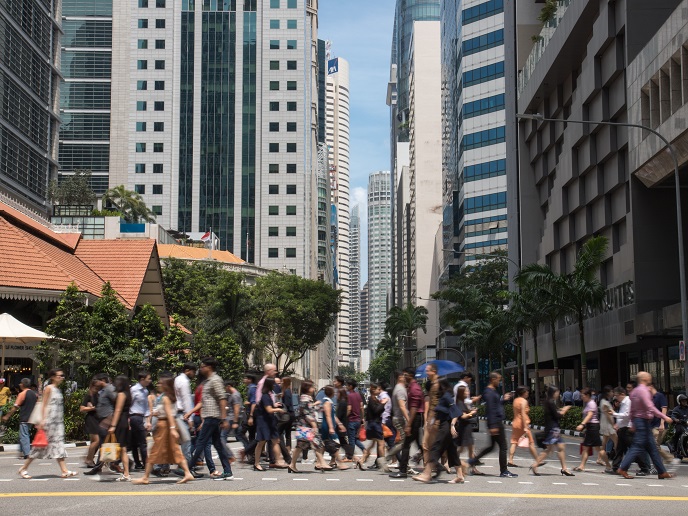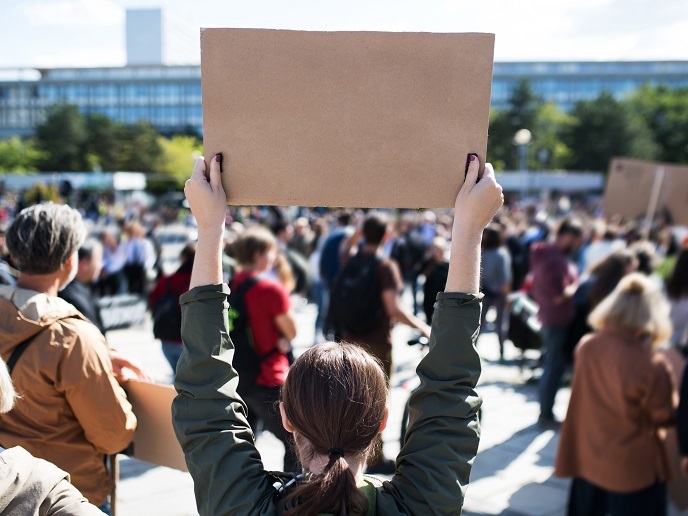Cultural and educational institutions as governance instruments of cultural diversity
The change in migration patterns has led to the rise of an urban migrant population that is transnationally linked and socio-economically differentiated. This context requires new approaches to governance models of cultural diversity. With the support of the Marie Skłodowska-Curie Actions programme, the HubCities(opens in new window) project compared urban diversity governance in Doha and Singapore, with a particular focus on culture and higher education policies. The study has produced a large corpus of data on the governance of culture and higher education in Doha and Singapore in the wake of the COVID-19 crisis, as well as on the issues and controversies that arose concerning the management of these cities’ diversities.
Comparing Singapore and Doha in terms of cultural diversity governance
The two governance models are usually understood as antagonist because Singapore is presented as a multiculturalist model that officially recognises and promotes the specific identities of the three main ethnic groups in the population, the Chinese, Malays and Indians, while Doha has a unitary discourse, which emphasises the unity of the Qatari population. “Surprisingly, in both cities, there has been a convergent trend to better recognise the complexity and diversity of the national population. This has been accompanied by increasing investments in the knowledge economy, which have given rise to the creation of new cultural and higher education institutions,” points out project coordinator Jérémie Molho. Even when these cultural strategies were severely challenged by the outbreak of the COVID-19 pandemic, resilience(opens in new window) emerged as a central keyword in the cultural policy discourse. At the same time, HubCities has shown that despite the increasing recognition of the diversity of the national population, both cities are marked by various forms of migrant population exclusion. Migrants represent 35 % and 95 % of the workforce of Singapore and Doha respectively, and the majority hold temporary status. This was particularly salient during the COVID-19 pandemic, which led to the closure of borders and mobility restrictions, particularly for temporary migrants. “In both cities, migrants have been increasingly concentrated in separate urban enclaves, and housed in overcrowded environments whose vulnerability was revealed when the pandemic struck,” notes Molho. This is particularly evident from samples of his video-based research which were included in the Migrant Lives in Pandemic Times project and can be found here(opens in new window) and here(opens in new window).
Learning from diverse experiences to create convivial urban spaces
HubCities identified the coexistence of compartmentalised diversity management frameworks, which correspond to different policy actors, values, and transnational networks. The first one is addressed to the majority of local citizens with a simple national discourse and fixes categories of separately and peacefully coexisting cultural groups; the second to local cultural elites and shapes a more inclusive and sophisticated national narrative; the third to high-skill migrants and promotes the city as smart and creative; and the last one addresses low-skill migrants who are excluded and framed as transient. This compartmentalisation is projected in urban space. The juxtaposition of analysis of these different frameworks reveals themes frictions that can arise from different approaches. These key issues form the core of the Governing Diverse Cities(opens in new window) in Europe and Asia Massive Open Online Course.







